|
|
Julia de Wolf Addison. Arts and Crafts in Middle Ages. — Boston, 1914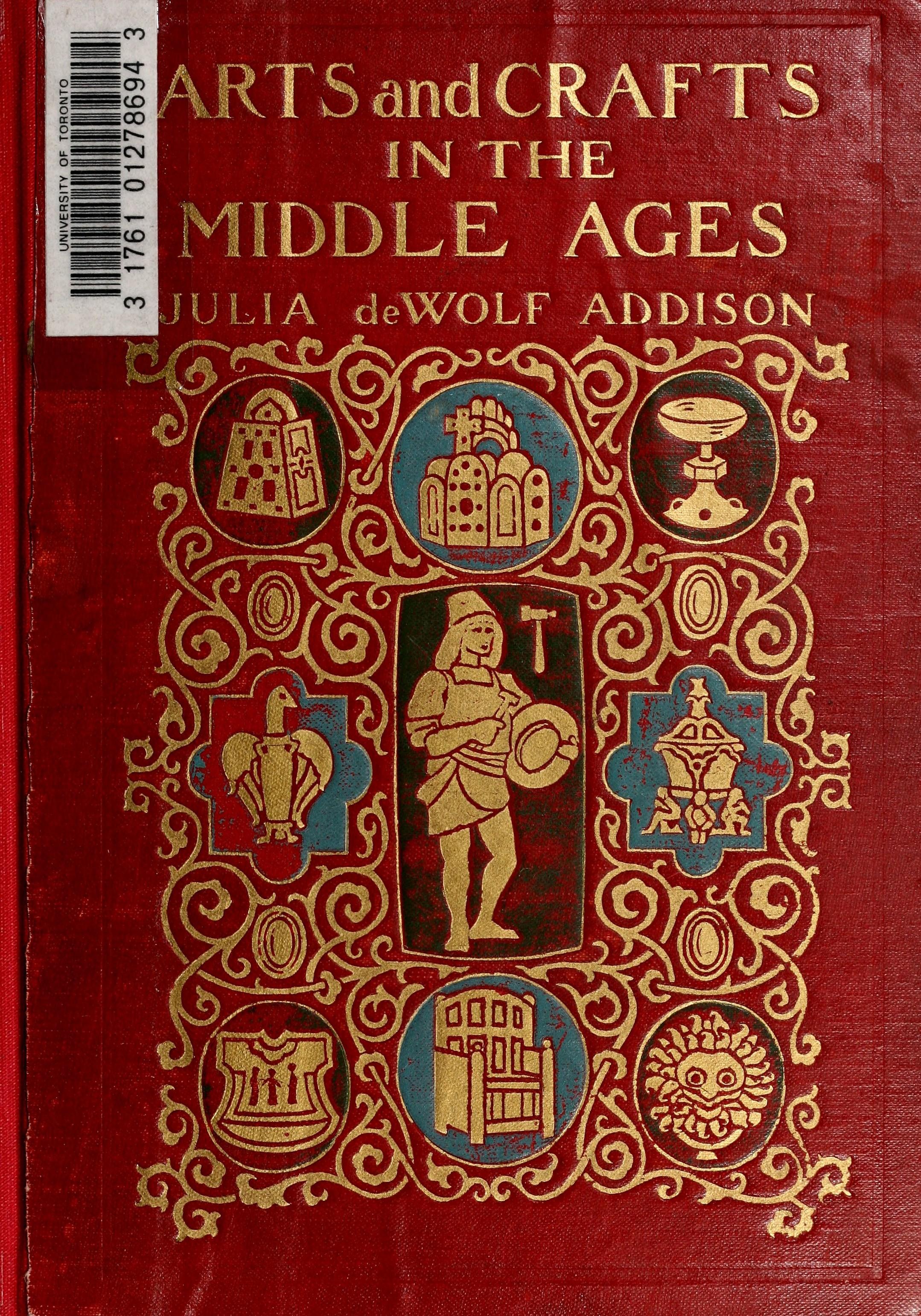  Arts and Crafts in Middle Ages : A Description of Mediaeval Workmanship in Several of the Departments of Applied Art, Together with Some Account of Special Artisans in the Early Renaissance / by Julia de Wolf Addison, Author of "The Art of the Pitti Palace," "The Art of the National Gallery," "Classic Myths in Art," etc. — Fourth Impression. — Boston : The Page Company, 1914. — 378 p., ill.INTRODUCTION
The very general and keen interest in the revival of arts and crafts in America is a sign full of promise and pleasure to those who are working among the so-called minor arts. One reads at every turn how greatly Ruskin and Morris have influenced handicraft: how much these men and their co-workers have modified the appearance of our streets and houses, our materials, textiles, utensils, and all other useful things in which it is possible to shock or to please the aesthetic taste, without otherwise affecting the value of these articles for their destined purposes.
In this connection it is interesting to look into the past, particularly to those centuries known as the Middle Ages, in which the handicrafts flourished in special perfection, and to see for ourselves how these crafts were pursued, and exactly what these arts really were. Many people talk learnedly of the delightful revival of the arts and crafts without having a very definite idea of the original processes which are being restored to popular favour. William Morris himself, although a great modern spirit, and reformer, felt the necessity of a basis of historic knowledge in all workers. “I do not think,” he says, “that any man but one of the highest genius could do anything in these days without much study of ancient art, and even he would be much hindered if he lacked it.” It is but turning to the original sources, then, to examine the progress of mediaeval artistic crafts, and those sources are usually to be found preserved for our edification in enormous volumes of plates, inaccessible to most readers, and seldom with the kind of information which the average person would enjoy. There are very few books dealing with the arts and crafts of the olden time, which are adapted to inform those who have no intention of practising such arts, and yet who wish to understand and appreciate the examples which they see in numerous museums or exhibitions, and in travelling abroad. There are many of the arts and crafts which come under the daily observation of the tourist, which make no impression upon him and have no message for him, simply because he has never considered the subject of their origin and construction. After one has once studied the subject of historic carving, metal work, embroidery, tapestry, or illumination, one can never fail to look upon these things with intelligent interest and vastly increased pleasure.
Until the middle of the nineteenth century art had been regarded as a luxury for the rich dilettante, — the people heard little of it, and thought less. The utensils and furniture of the middle class were fashioned only with a view to utility; there was a popular belief that beautiful things were expensive, and the thrifty housekeeper who had no money to put into bric-à-brac never thought of such things as an artistic lamp shade or a well-coloured sofa cushion. Decorative art is well defined by Mr. Russell Sturgis: “Fine art applied to the making beautiful or interesting that which is made for utilitarian purposes.”
Many people have an impression that the more ornate an article is, the more work has been lavished upon it. There never was a more erroneous idea. The diligent polish in order to secure nice plain surfaces, or the neat fitting of parts together, is infinitely more difficult than adding a florid casting to conceal clumsy workmanship. Of course certain forms of elaboration involve great pains and labour; but the mere fact that a piece of work is decorated does not show that it has cost any more in time and execution than if it were plain, — frequently many hours have been saved by the device of covering up defects with cheap ornament. How often one finds that a simple chair with a plain back costs more than one which is apparently elaborately carved! The reason is, that the plain one had to be made out of a decent piece of wood, while the ornate one was turned out of a poor piece, and then stamped with a pattern in order to attract the attention from the inferior material of which it was composed. The softer and poorer the wood, the deeper it was possible to stamp it at a single blow. The same principle applies to much work in metal. Flimsy bits of silverware stamped with cheap designs of flowers or fruits are attached to surfaces badly finished, while the work involved in making such a piece of plate with a plain surface would increase its cost three or four times.
A craft may easily be practised without art, and still serve its purpose; the alliance of the two is a means of giving pleasure as well as serving utility. But it is a mistake to suppose that because a design is artistic, its technical rendering is any the less important. Frequently curious articles are palmed off on us, and designated as “Arts and Crafts ” ornaments, in which neither art nor craft plays its full share. Art does not consist only in original, unusual, or unfamiliar designs; craft does not mean hammering silver so that the hammer marks shall show; the best art is that which produces designs of grace and appropriateness, whether they are strikingly new or not, and the best craftsman is so skilful that he is able to go beyond the hammer marks, so to speak, and to produce with the hammer a surface as smooth as, and far more perfect than, that produced by an emery and burnisher. Some people think that “Arts and Crafts” means a combination which allows of poor work being concealed under a mask of æsthetic effect. Labour should not go forth blindly without art, and art should not proceed simply for the attainment of beauty without utility, — in other words, there should be an alliance between labour and art.
One principle for which craftsmen should stand is a respect for their own tools: a frank recognition of the methods and implements employed in constructing any article. If the article in question is a chair, and is really put together by means of sockets and pegs, let these constructive necessities appear, and do not try to disguise the means by which the result is to be attained. Make the requisite feature a beauty instead of a disgrace.
It is amusing to see a New England farmer build a fence. He begins with good cedar posts, — fine, thick, solid logs, which are at least genuine, and handsome so far as a cedar post is capable of being handsome. You think, “Ah, that will be a good unobjectionable fence.” But, behold, as soon as the posts are in position, he carefully lays a flat plank vertically in front of each, so that the passer-by may fancy that he has performed the feat of making a fence of flat laths, thus going out of his way to conceal the one positive and good-looking feature in his fence. He seems to have some furtive dread of admitting that he has used the real article!
A bolt is to be affixed to a modern door. Instead of being applied with a plate of iron or brass, in itself a decorative feature on a blank space like that of the surface of a door, the carpenter cuts a piece of wood out of the edge of the door, sinks the bolt out of sight, so that nothing shall appear to view but a tiny meaningless brass handle, and considers that he has performed a very neat job. Compare this method with that of a mediæval locksmith, and the result with his great iron bolt, and if you can not appreciate the difference, both in principle and result, I should recommend a course of historic art study until you are convinced. On the other hand, it is not necessary to carry your artistry so far that you build a fence of nothing but cedar logs touching one another, or that you cover your entire door with a meander of wrought iron which culminates in a small bolt. Enthusiastic followers of the Arts and Crafts movement often go to morbid extremes. Recognition of material and method does not connote a display of method and material out of proportion to the demands of the article to be constructed. As in other forms of culture, balance and sanity are necessary, in order to produce a satisfactory result.
But when a craftsman is possessed of an æsthetic instinct and faculty, he merits the congratulations offered to the students of Birmingham by William Morris, when he told them that they were among the happiest people in all civilization — “persons whose necessary daily work is inseparable from their greatest pleasure.”
A mediæval artist was usually a craftsman as well. He was not content with furnishing designs alone, and then handing them over to men whose hands were trained to their execution, but he took his own designs and carried them out. Thus, the designer adapted his drawing to the demands of his material and the craftsman was necessarily in sympathy with the design since it was his own. The result was a harmony of intention and execution which is often lacking when two men of differing tastes produce one object. Lübke sums up the talents of a mediæval artist as follows: “A painter could produce panels with coats of arms for the military men of noble birth, and devotional panels with an image of a saint or a conventionalized scene from Scripture for that noble’s wife. With the same brush and on a larger panel he could produce a larger sacred picture for the convent round the corner, and with finer pencil and more delicate touch he could paint the vellum leaves of a missal;” and so on. If an artistic earthenware platter was to be made, the painter turned to his potter’s wheel and to his kiln. If a filigree coronet was wanted, he took up his tools for metal and jewelry work.
Redgrave lays down an excellent maxim for general guidance to designers in arts other than legitimate picture making. He says: “The picture must be independent of the material, the thought alone should govern it; whereas in decoration the material must be one of the suggestors of the thought, its use must govern the design.” This shows the difference between decoration and pictorial art.
One hears a great deal of the “conventional” in modern art talk. Just what this means, few people who have the word in their vocabularies really know. As Professor Moore defined it once, it does not apply to an arbitrary theoretical system at all, but is instinctive. It means obedience to the limits under which the artist works. The really greatest art craftsmen of all have been those who have recognized the limitations of the material which they employed. Some of the cleverest have been beguiled by the fascination of overcoming obstacles, into trying to make iron do the things appropriate only to wood, or to force cast bronze into the similitude of a picture, or to discount all the credit due to a fine piece of embroidery by trying to make it appear like a painting. But these are the exotics; they are the craftsmen who have been led astray by a false impulse, who respect difficulty more than appropriateness, war rather than peace! No elaborate and tortured piece of Cellini’s work can compare with the dignified glory of the Pala d’Oro; Ghiberti’s gates in Florence, though a marvellous tour de force, are not so satisfying as the great corona candelabrum of Hildesheim. As a rule, we shall find that mediaeval craftsmen were better artists than those of the Renaissance, for with facility in the use of material, comes always the temptation to make it imitate some other material, thus losing its individuality by a contortion which may be curious and interesting, but out of place. We all enjoy seeing acrobats on the stage, but it would be painful to see them curling in and out of our drawing-room chairs.
The true spirit which the Arts and Crafts is trying to inculcate was found in Florence when the great artists turned their attention to the manipulation of objects of daily use, Benvenuto Cellini being willing to make salt-cellars, and Sansovino to work on inkstands, and Donatello on picture frames, while Pollajuolo made candlesticks. The more our leading artists realize the need of their attention in the minor arts, the more nearly shall we attain to a genuine alliance between the arts and the crafts.
To sum up the effect of this harmony between art and craft in the Middle Ages, the Abbé Texier has said: “In those days art and manufactures were blended and identified; art gained by this affinity great practical facility, and manufacture much original beauty.” And then the value to the artist is almost incalculable. To spend one's life in getting means on which to live is a waste of all enjoyment. To use one's life as one goes along — to live every day with pleasure in congenial occupation — that is the only thing worth while. The life of a craftsman is a constant daily fulfilment of the final ideal of the man who spends all his time and strength in acquiring wealth so that some time (and he may never live to see the day) he may be able to control his time and to use it as pleases him. There is stored up capital represented in the life of a man whose work is a recreation, and expressive of his own personality.
In a book of this size it is not possible to treat of every art or craft which engaged the skill of the mediaeval workers. But at some future time I hope to make a separate study of the ceramics, glass in its various forms, the arts of engraving and printing, and some of the many others which have added so much to the pleasure and beauty of the civilized world.
CONTENTS
Introduction ... v
I. Gold and Silver ... 1
II. Jewelry and Precious Stones ... 49
III. Enamel ... 91
IV. Other Metals ... 109
V. Tapestry ... 154
VI. Embroideries ... 179
VII. Sculpture in Stone (France and Italy) ... 213
VIII. Sculpture in Stone (England and Germany) ... 242
IX. Carving in Wood and Ivory ... 262
X. Inlay and Mosaic ... 296
XI. Illumination of Books ... 326
Bibliography ... 365
Index ... 369
Sample pages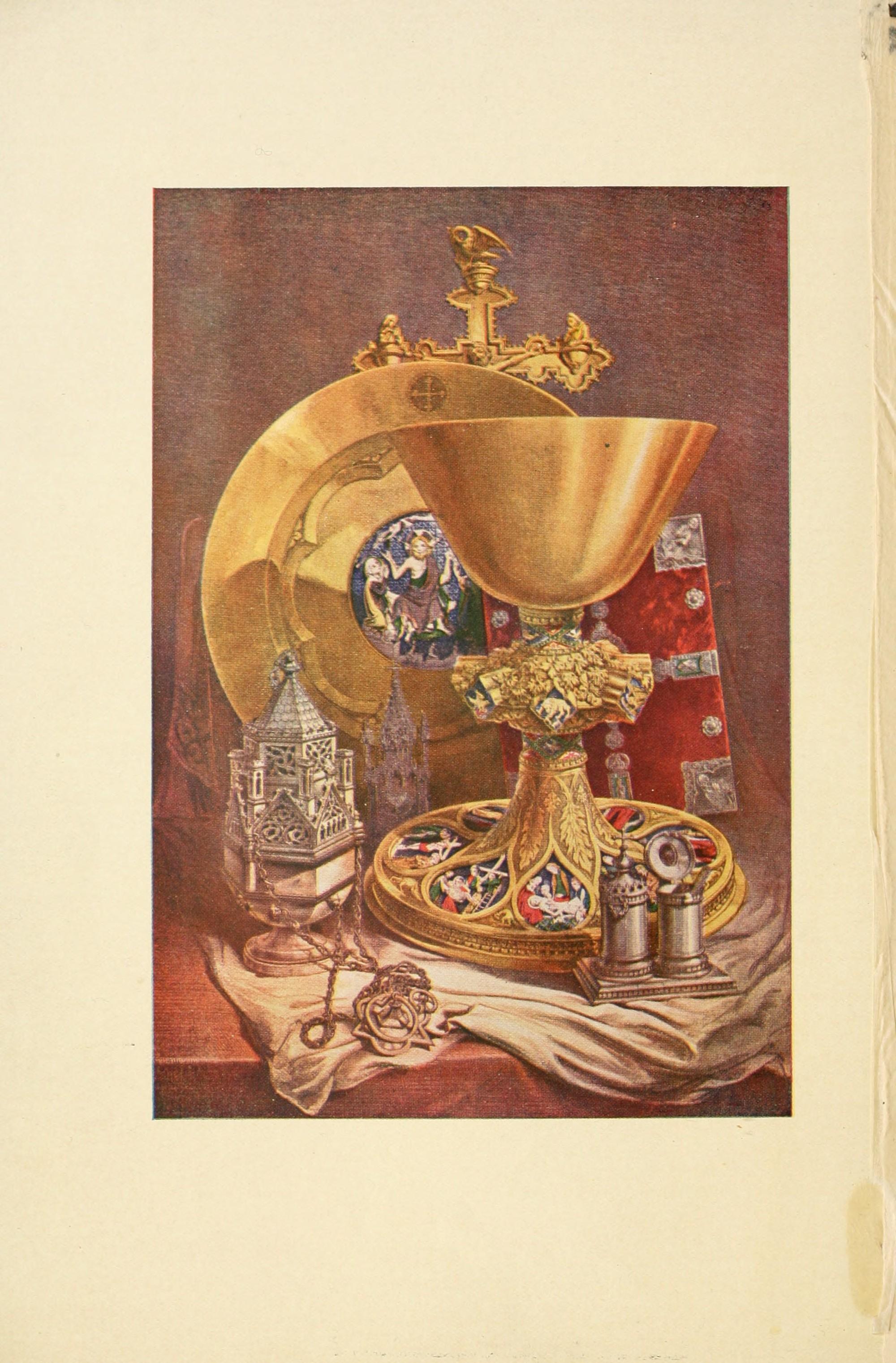 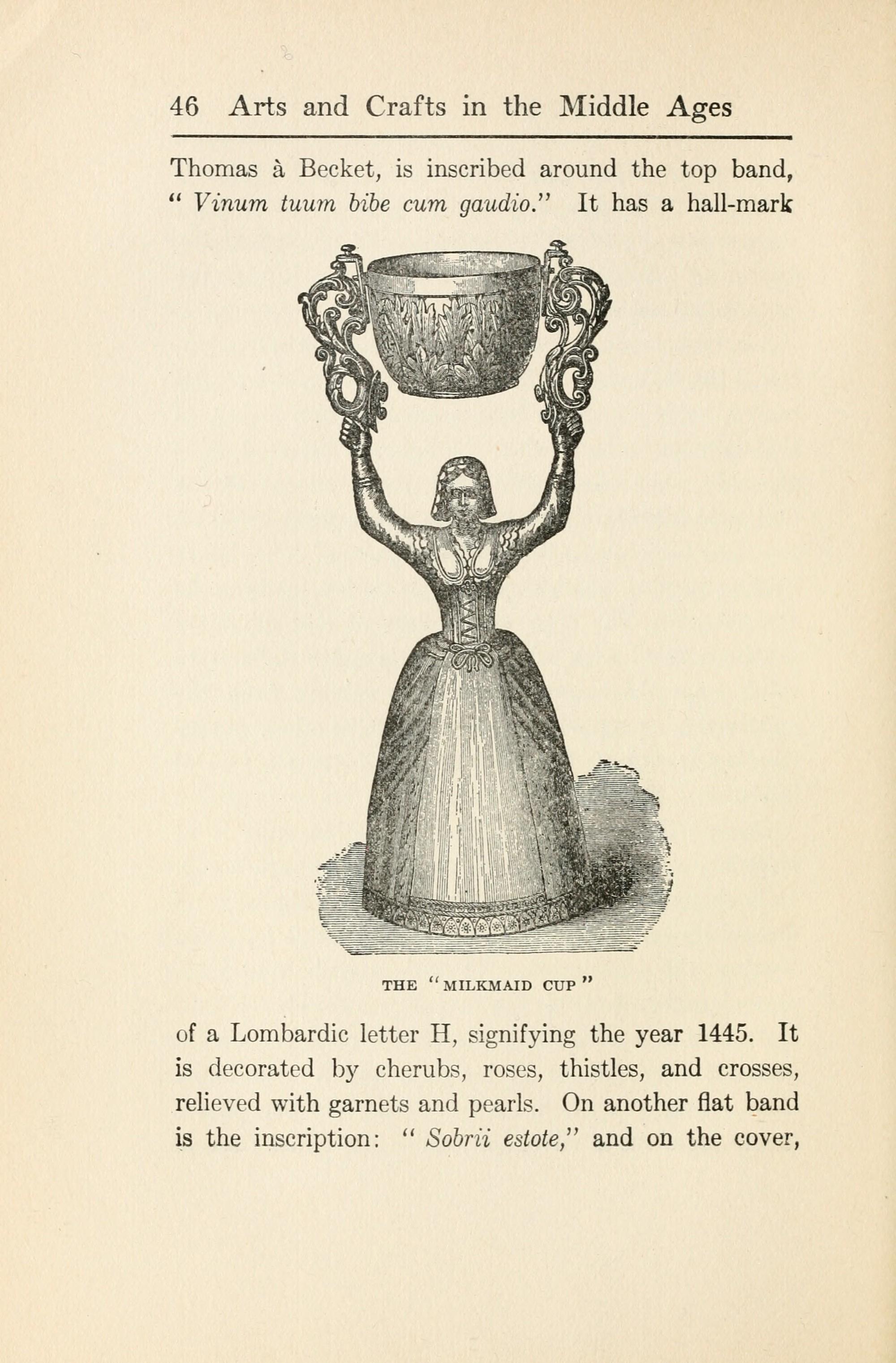 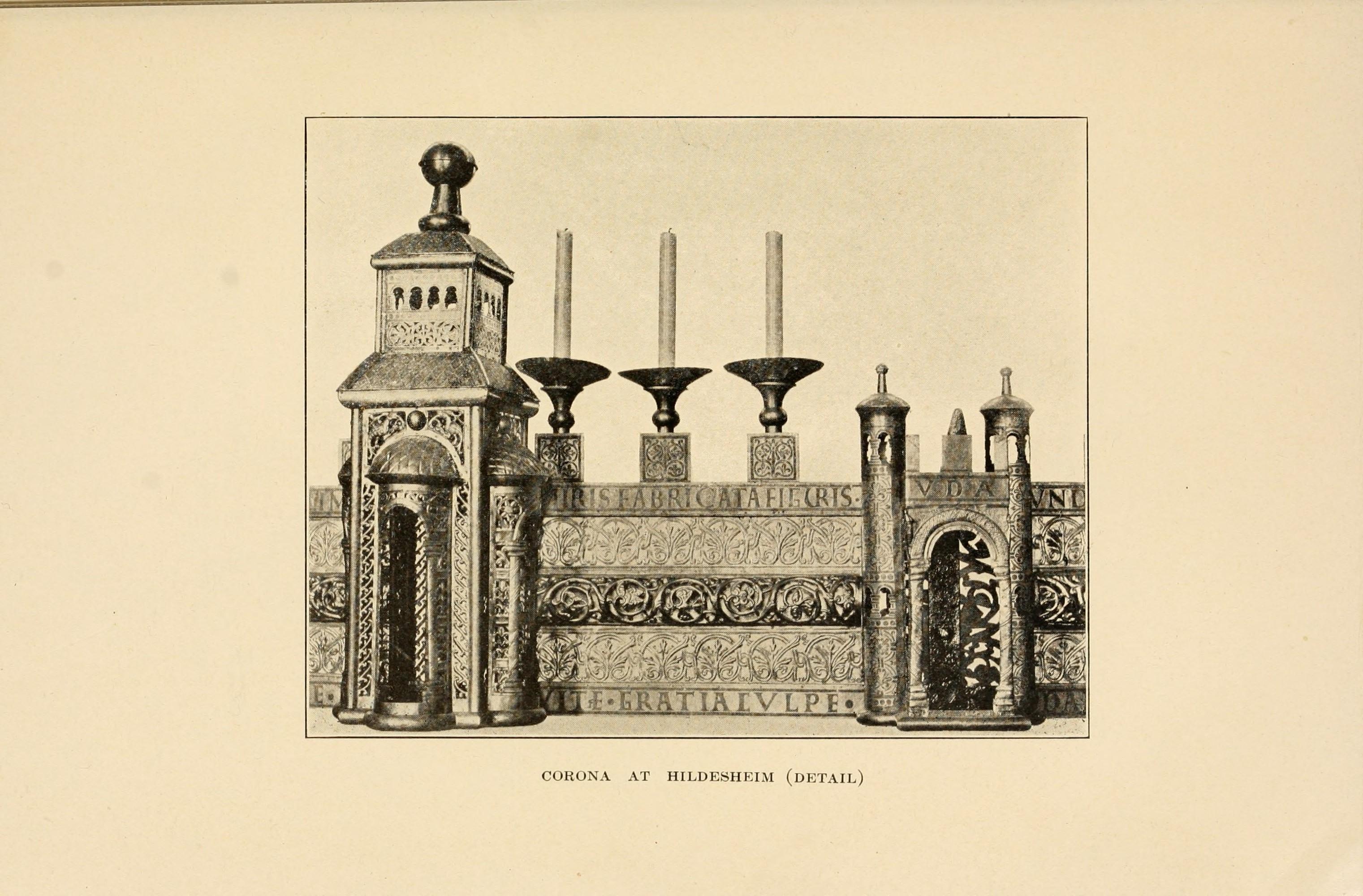 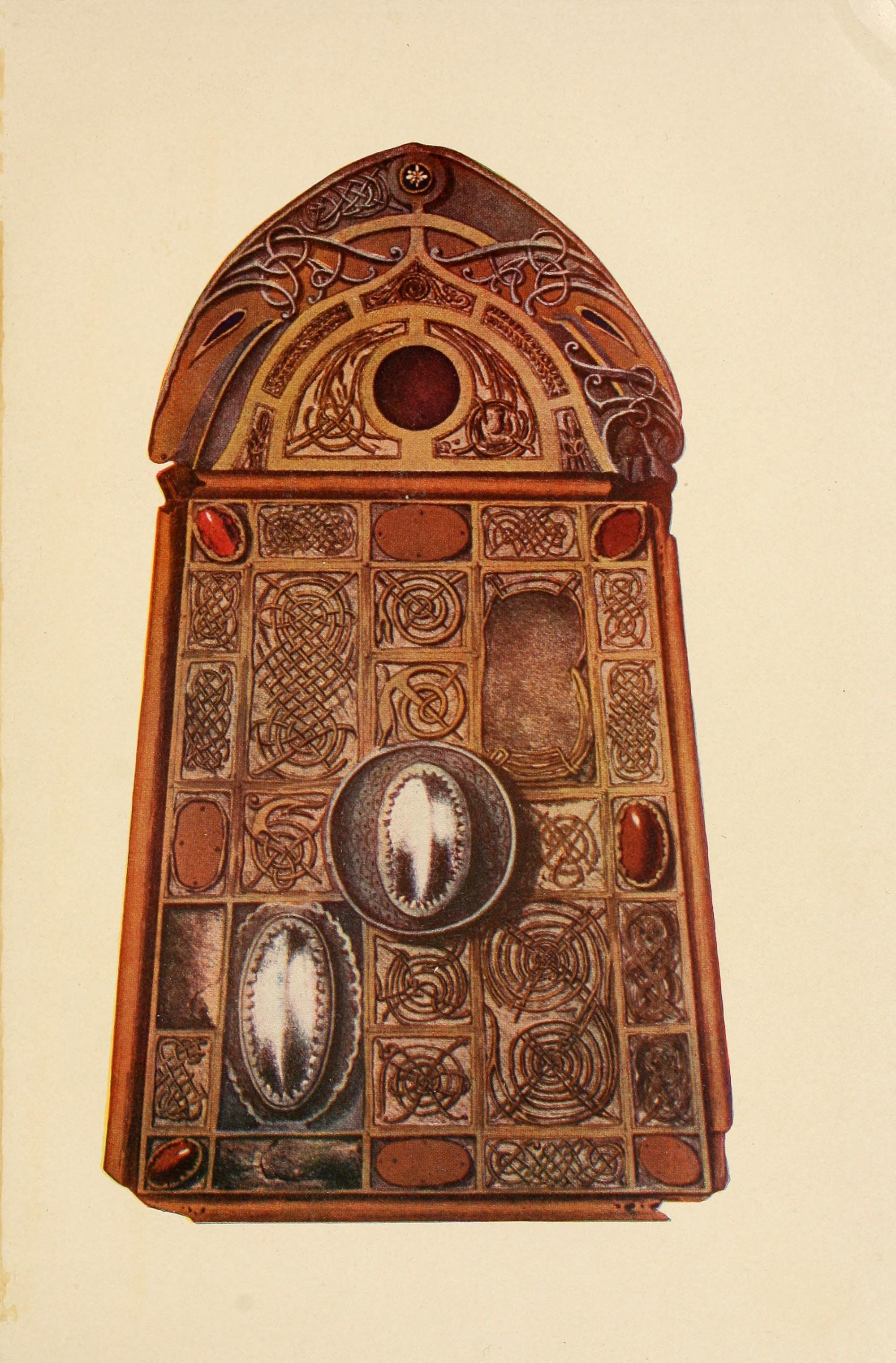 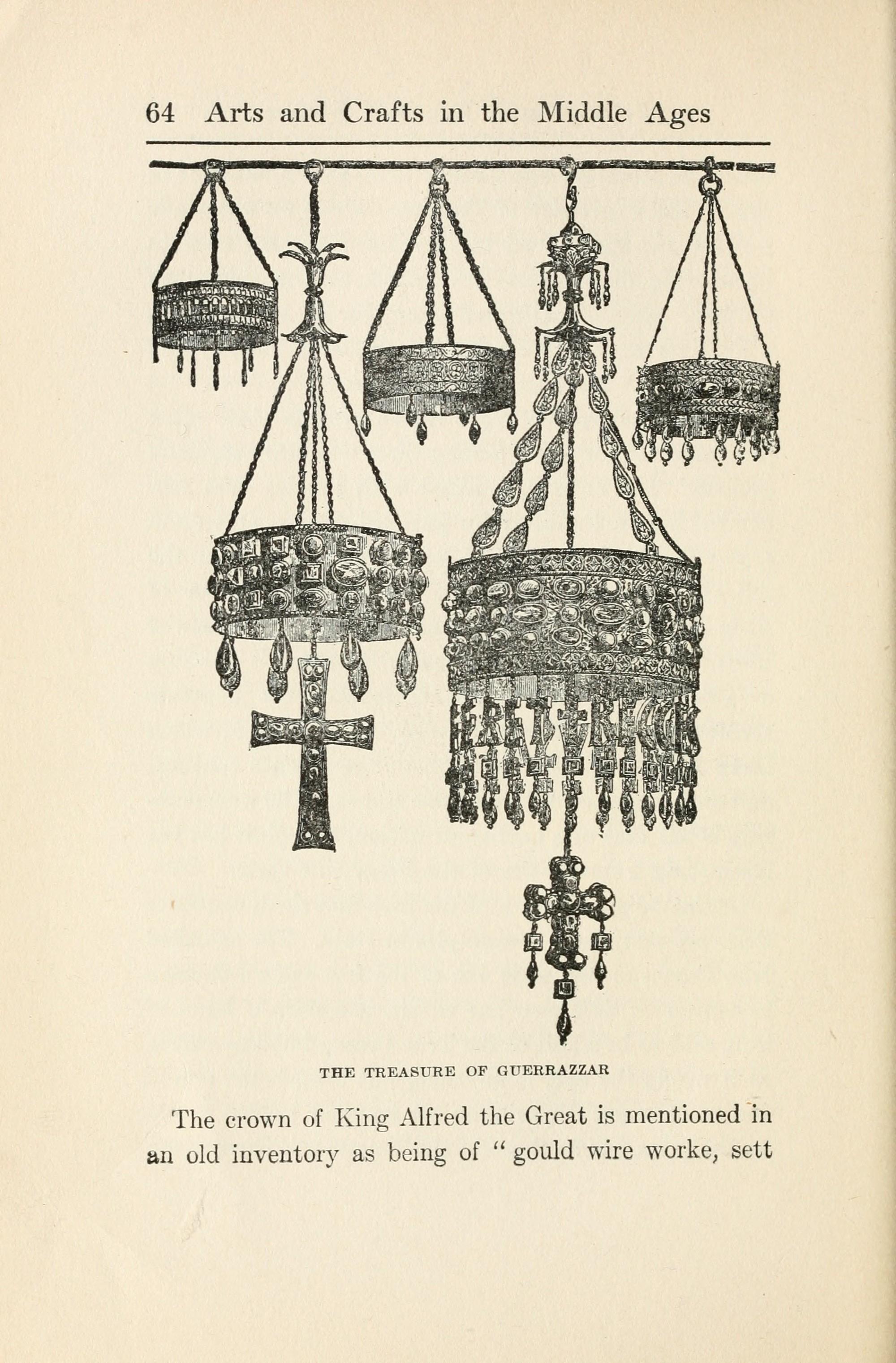 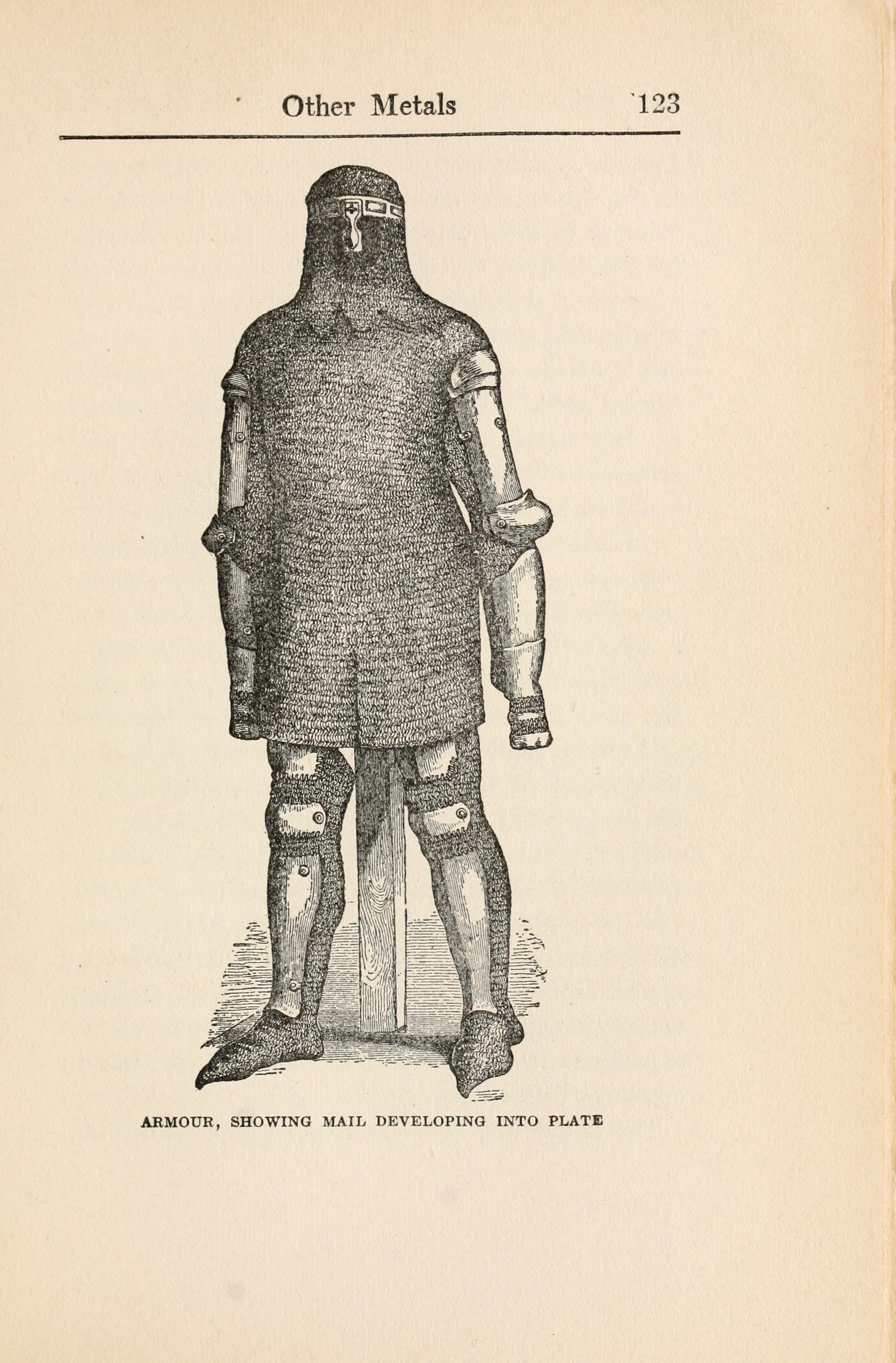 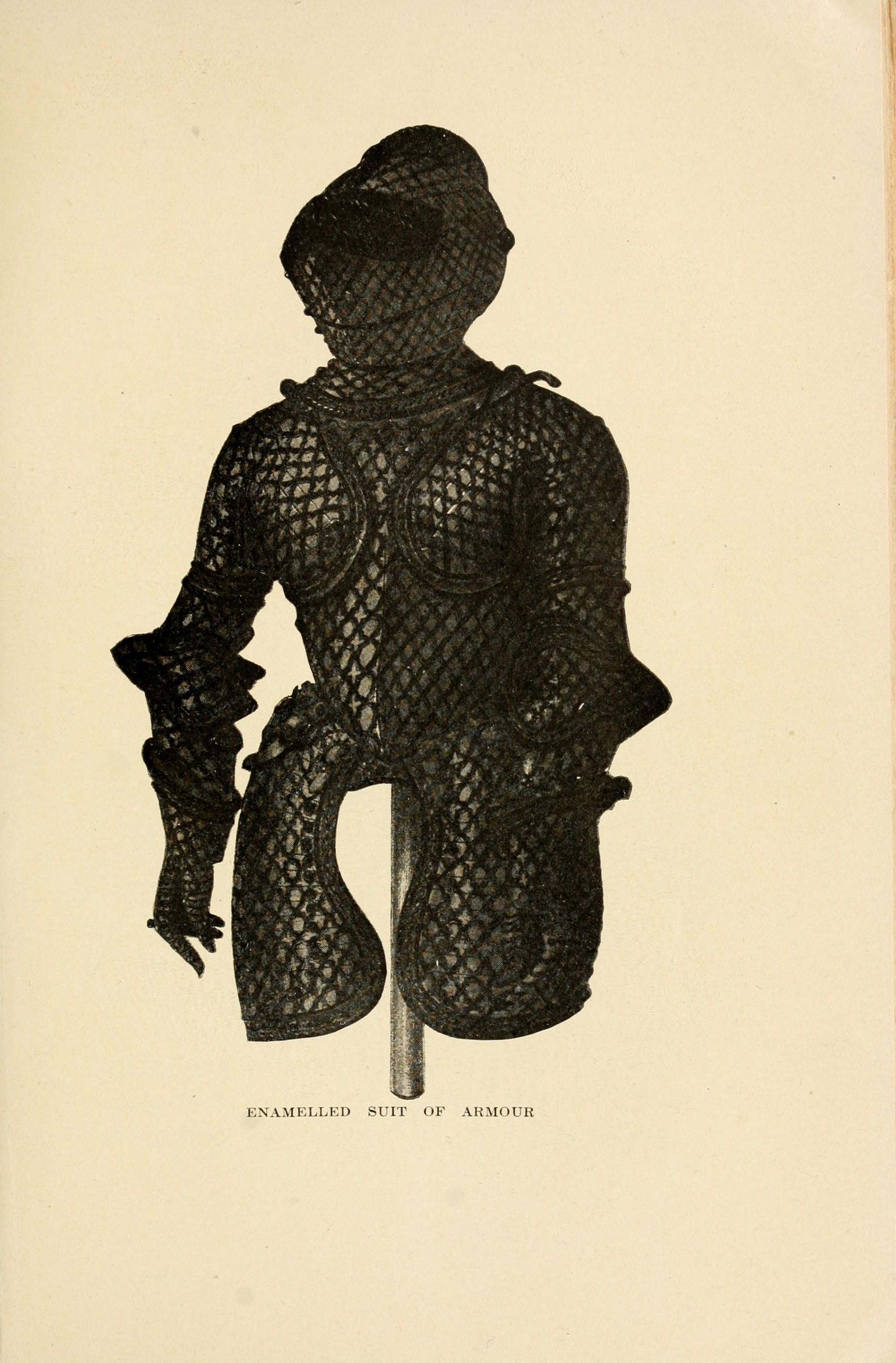 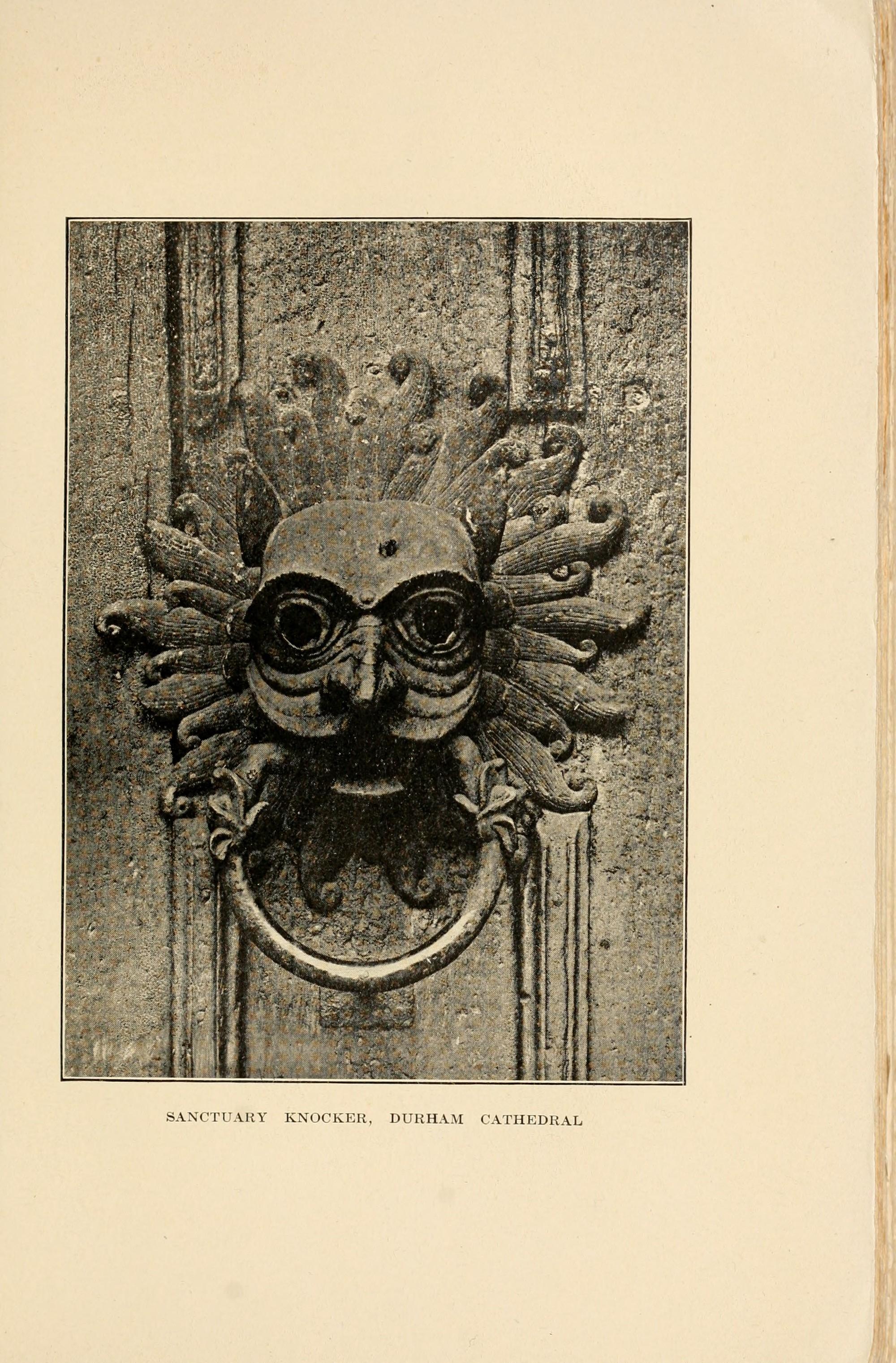 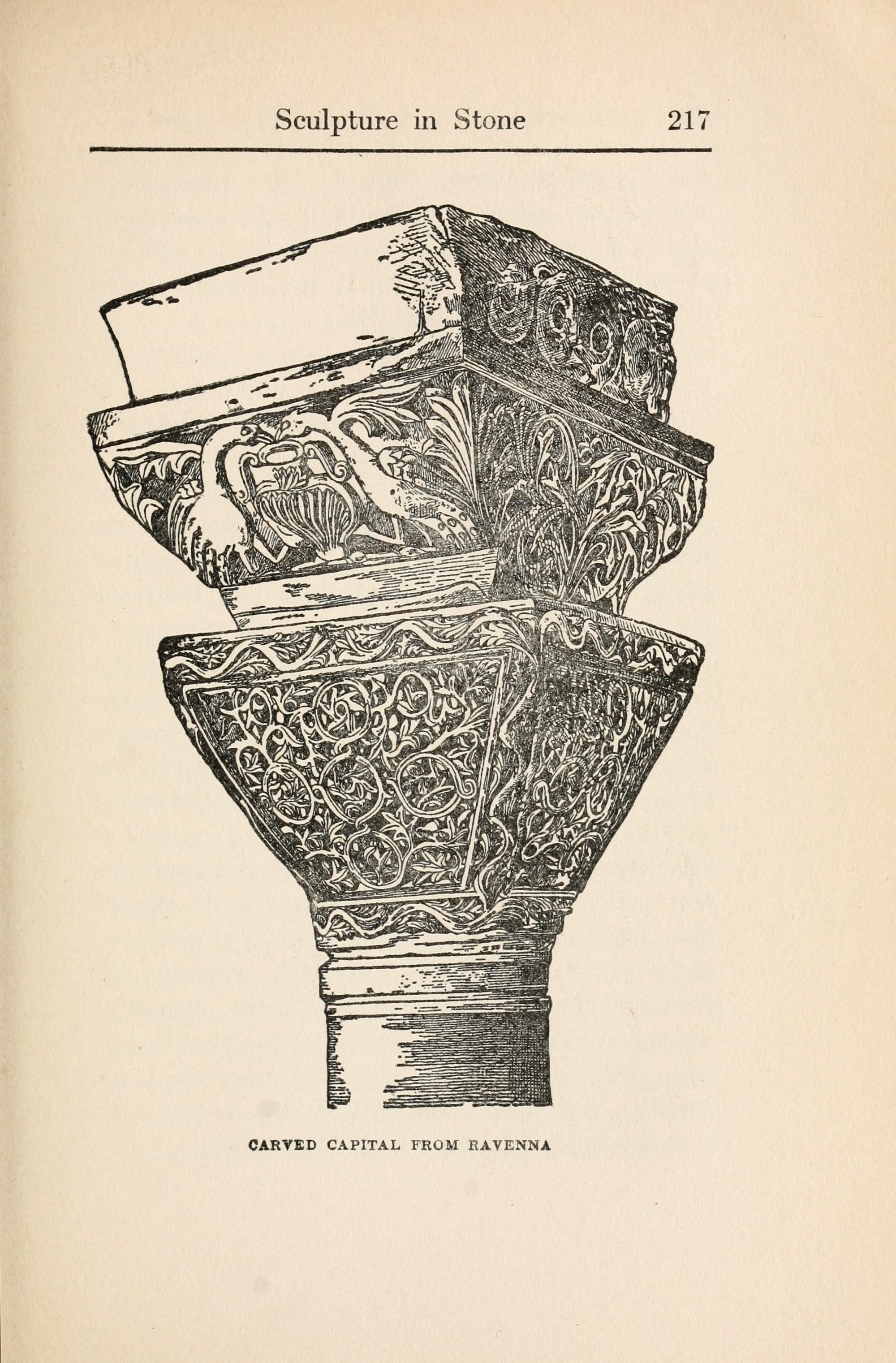 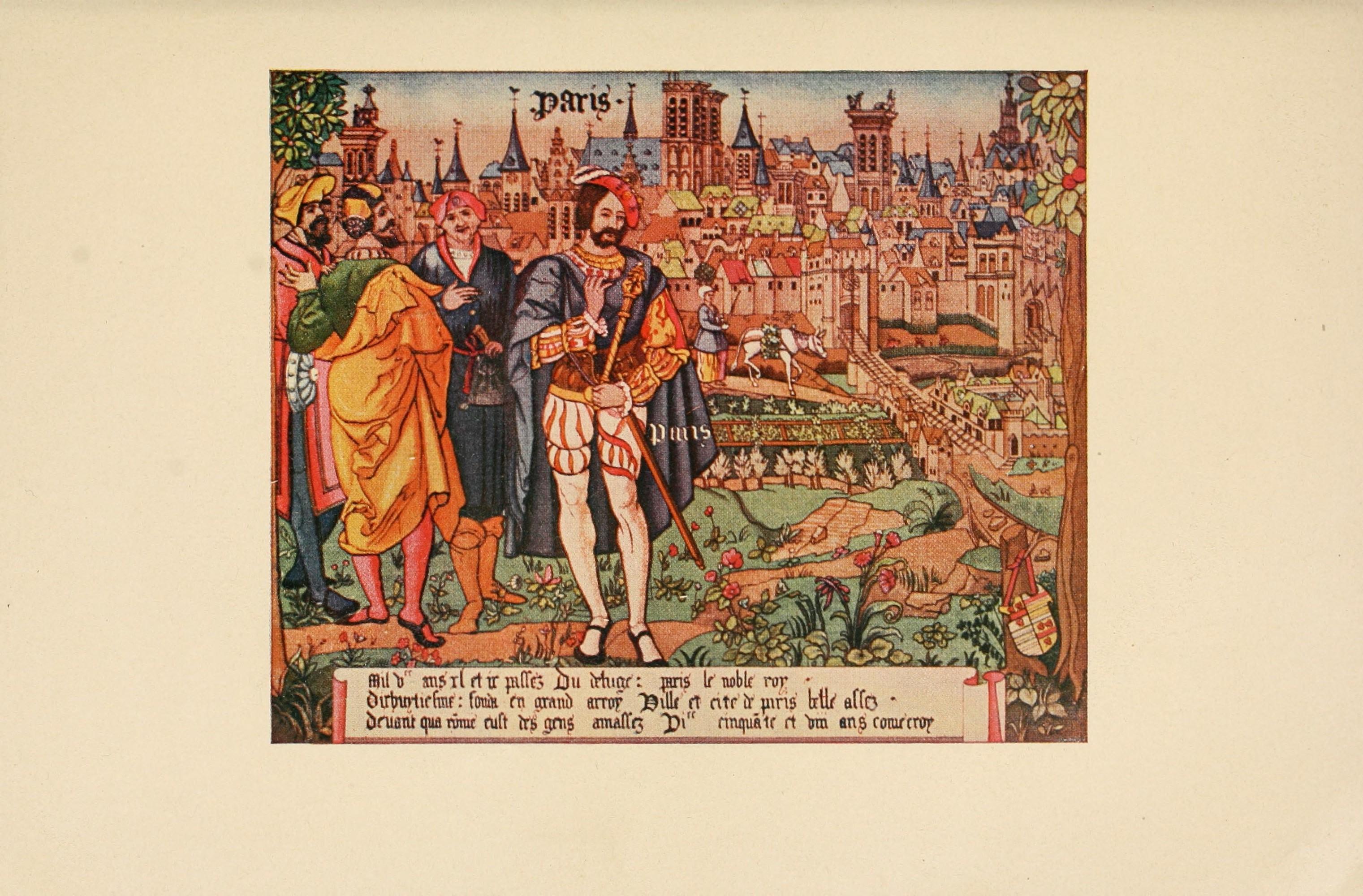 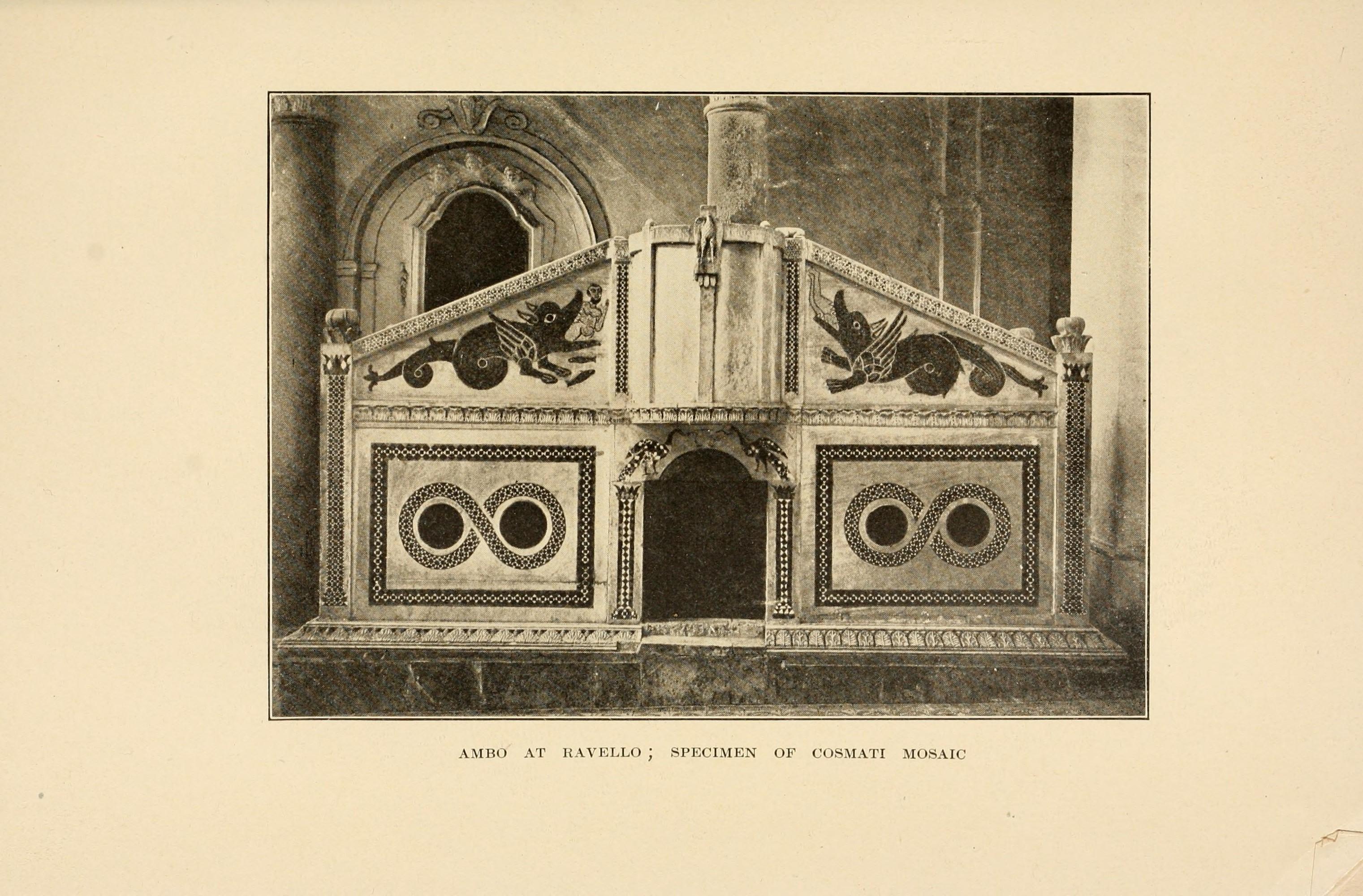 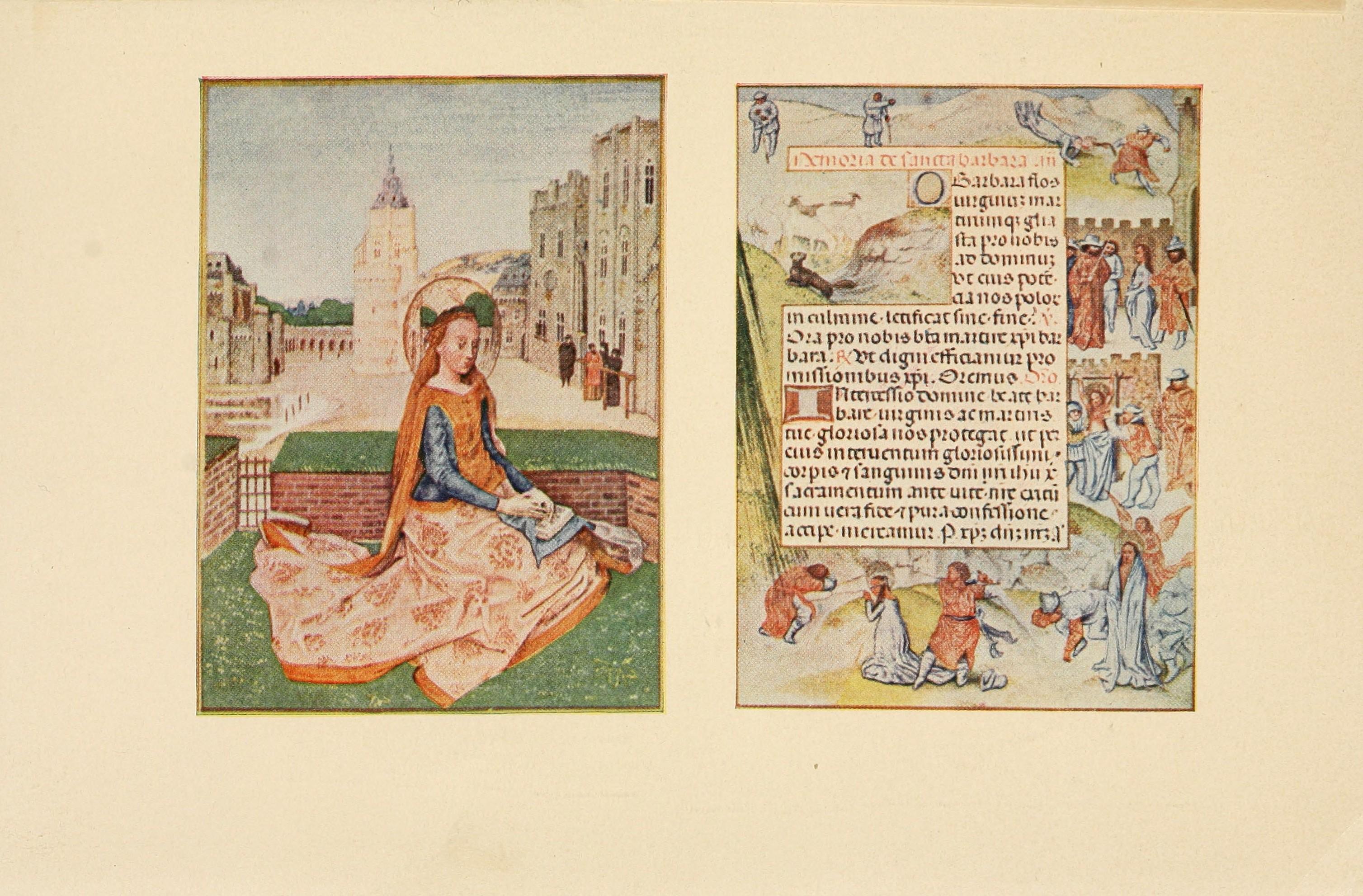
Download link (pdf, yandexdisk; 496 MB)
31 августа 2011, 21:49
0 комментариев
|
Партнёры
|






Комментарии
Добавить комментарий